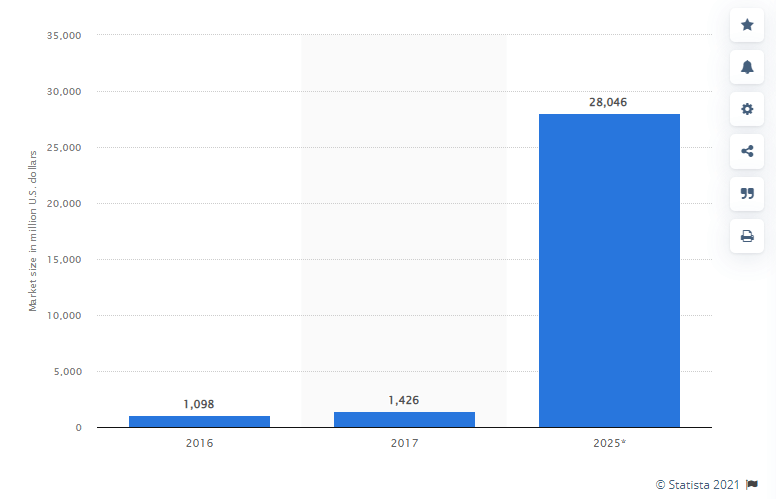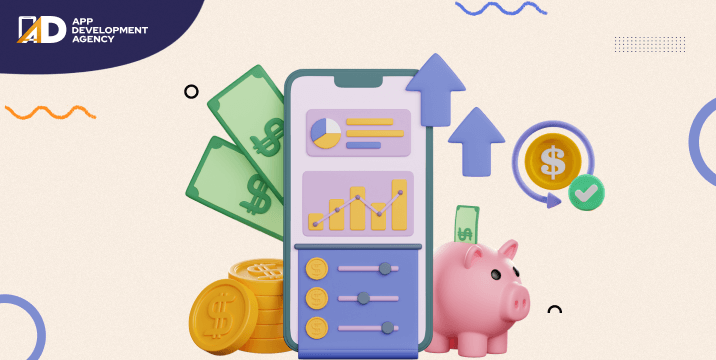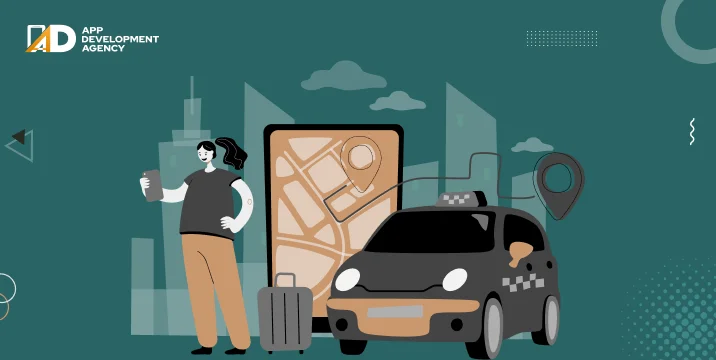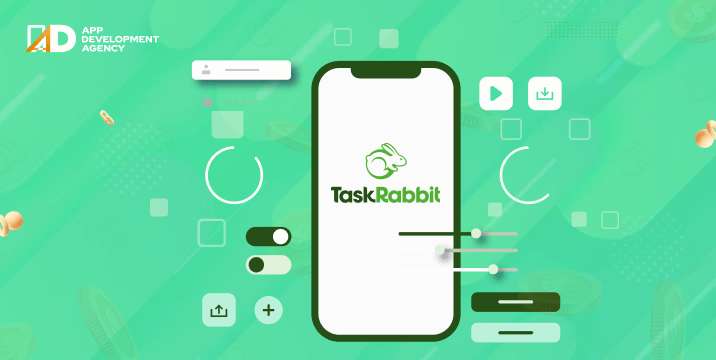Alexa, self-driving cars, robots that can do back-flips, these days it is hard not to turn on the TV and arouse social media without hearing about these advances. But what exactly are they? And how do they work?Artificial Intelligence (A.I) is a branch of computer science focused on the automation of intelligent behaviour. AI is closely integrated into Banks, Schools, Post Office, Telephone Companies, Credit Card Companies, Computer Companies related processes.

We understand that this is an apple. But a computer understands it in the form of pixels and understands letters in form of perceptrons. As the computer starts looking at the pixels in this apple, it drills down and look at individual pixels, within this particular image. It will zoom in and it sees individual pixels in colour. This colour is the starting point for the computer to recognize that it is an apple instead of a banana. From here the computer starts to recognize the texture of this particular image. The brightness of each pixel, the relative greyness, or image quality of each pixel to determine the texture and the shape, of that object. So when the computer starts recognizing the shape of the object, it seems that the pixels change colour and the level of brightness. And that is what tells the computer that this is the edge of the object. Similarly, when the computer moves ahead from the leaf of the apple to the skin of the apple, it recognizes that the colour, brightness, and texture are all different.
This technique works pretty well in 2-dimensional but when we deal with 3-dimensional objects like self-driving vehicles, with multiple cameras, the system has a very hard time dealing with depth perception.
Now if we compare an apple with strawberries, they have different shades of red, plus we cannot simply rely on the colour. We’ll also rely on the shape, texture, brightness of the object. The computer puts together all these characteristics, fetches the references from its database and matches them on the surface. If there is a match, the computer recognizes it correctly.
AI tools in healthcare like AWS for health provide unmatched reliability, security, and data privacy. Many organizations have been innovating and transforming the future of health with AWS – RUSH, Moderna, Genomics, CHOC, GRAIL, CAMBIA, Houston Methodist, Cerner, Anthem, Philips, NHS, Dedalus, Ciox Health, PathAI, Quantitative Insights, Microsoft, Pfizer, Insitro, Biosymetrics, ConcertAI, Orderly Health, MD Insider, Beta Bionics, Tempus, Prognos, BERG, Quotient Health, and Kensci.
AWS for health solutions helps manage costs, better understand patient populations, gain critical insights from data, and personalize the healthcare experience. It eventually accelerates scientific discoveries, powers business agility, and supports security, and compliance across the genomics workflow.
In medicine and healthcare, the case management of prevalent chronic diseases to leveraging patient health data, considering external influences like pollution exposure and weather factors, ML carries the potential to crunch precise data and customized healthcare solutions.
Machine learning is a subset of artificial intelligence that has traversed the congruence of healthcare, helpful in predicting illness and treatments, forecasting health risks to various populations of people, assisting with healthcare records and workflow, differentiating between tumours and healthy anatomy, aiding in drug development, lowers cost, identifies opportunities for clinical trials, detects gaps in healthcare, assists pathologists to make a faster and more accurate diagnosis.
ML and AI cruciate through the central nervous system (CNS), by braying CNS disease treatment data that is gleaned over time in clinical trials to help measure the response by patients. Its lets you explore telemedicine, the report notes, the ability to organize and provide doctors with patient information during a telemedicine session,
ML assists health workers in drug discovery, drug development, pharmaceutical companies focus on predicting the way patients respond to various drugs and identify who will benefit the most from the drugs.

(Source)
Intelligence in healthcare involves contouring the way to positive healthcare, medical practitioners must keep customers at the center stage of everything. And ensure that you are addressing a real need. Instead of driving dataset by availability, it focuses on the problem to be solved, creating an experience, and working backwards, and sourcing the data that you require to solve a case.
When the primary objective in healthcare is to improve people’s lives, these simple rules act as a panacea. It is pertinent to focus on human experience and to see how AI fits into an already complex workflow. It reduces the inadvertent risk of creating more work for healthcare professionals and generating minimal value.
To ensure your AI and ML work efficiently, you need to carefully think about how they seamlessly embed into existing workflows, for healthcare professionals to gain optimal benefit. Making these technologies inclusive of routine tasks, can reduce redundant tasks, speed up essentials, and simplify the overall process.
Companies must look at AI for its business capabilities instead of the technology that it brings. AI can broadly support three important business needs: Automating business processes, gaining insight through data analysis, and engaging with customers and employees.
Cognitive intelligence with artificial intelligence can be used in robotics and cognitive automation, cognitive insight, cognitive engagement.
It lets an e-commerce business predict what a particular customer is likely to buy, identify credit fraud in real-time and detect, automated digital ads, analyses warranty data to identify safety or quality problems in manufactured products. It offers insurers with more-accurate and detailed actuarial modelling.
It enforces projects that engage employees and customers using natural language processing chatbots, intelligent agents that offer 24/7 customer service, internal sites for answering employee questions on topics including IT, HR, Employee benefits.
It also implements product and service recommendation systems that help providers in creating customized care plans for individual patient care.
Various technical teams imbibe artificial intelligence in their processes by enhancing the features, functions, and performance of the products, optimizing internal business operations, freeing up workers to be more creative by automating tasks, making better decisions, creating new products, optimizing external processes like marketing and sales, pursue new markets, capture and apply scarce knowledge where needed, reduce headcount through automation.
Implementing AI involves understanding tasks, strengths, limitations of each rule-based expert system, and robotic process automation. Deep learning, a subset of AI involves learning and implementing large volumes of labelled data. To save time, money, resources companies must determine their specific needs, and how quickly can these be implemented. It requires ongoing research within IT and an innovation group.
Close collaboration with clinicians or clinical partners in the early stages of ideation results in a solution with higher quality images, which can support decreasing additional costs, delays, X-ray exposure associated with retakes. Also, collaborative research projects leverage insights. 360-degree on-site workflows analyses and conducts co-creation sessions with medical experts to look beyond the technology itself and understand the full context of its use. Such collaborations allow uncovering the experienced drivers that support strong physician-AI interaction.
Virtual teams across research and product development teams accelerate the translation of scientific research into solutions to benefit healthcare providers and patients. Insights in fast MRI help in productizing fast MR reconstruction using deep learning. But you also need scientific research and customer insights to develop an effective AI solution, a large training dataset in high quality and robust annotation.
AI platforms facilitate early disease detection, they focus on therapy requirements, highlights opportunities for clinical trials, note gaps in care and other medical conditions. It allows gathering massive amounts of medical and clinical data to deliver personalized treatments. Deep learning, machine learning and artificial intelligence-enabled medical software reduce the cost of supporting electronic medical records. It assists in predicting illness and treatment to help physicians, predict health risk by identifying patterns and surfacing high-risk markers and model disease progression. Further, AI automates 24/7 concierge for healthcare through text, email, video conferencing, Slack, and video-conferencing. It helps employers and insurers save money on healthcare by making it easier for people to understand their benefits and trace the lowest cost providers.

Story Time: It’s the last of the month… and you have a low balance in your bank account. You need money to pay off an EMI, but salary payday is still two days ahead. Sounds like skating on thin ice… Right? That’s where cash advance apps like Possible Finance come into the picture. ‘Cash Advance …
Continue reading “21 Top Apps like Possible Finance to Get Instant Money in 2024”
Read More
Is the ridesharing industry saturated now? No doubt there are already a lot of best ridesharing apps globally. However, as per Statista, the leading research site, the ridesharing market is expected to grow at 22.13% annually and reach $226 billion dollars by 2028. The numbers are crazy, and to further prove our point – Arro, …
Continue reading “14 Best RideShare Apps in 2024”
Read More
Imagine… you and your beloved partner are out for a lovely dinner and suddenly realize that you slipped bringing food to your dog who is currently starving at home. You do not want to ruin the dinner date and hope that someone could go to the market for you, bring some dog food, and then …
Continue reading “14 Apps Like TaskRabbit to Make Money in 2024”
Read More